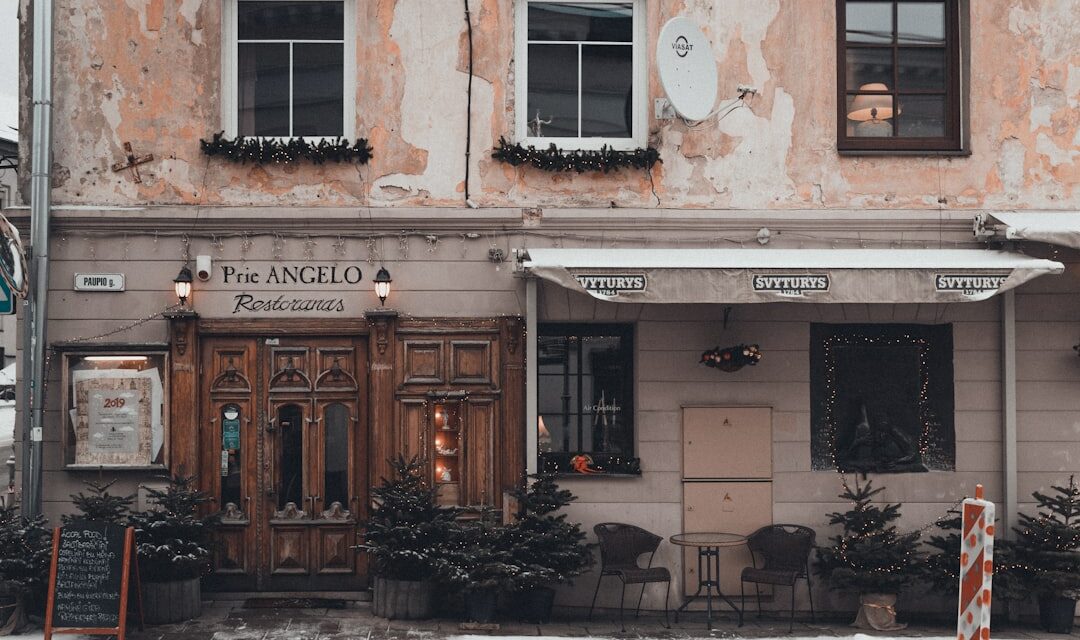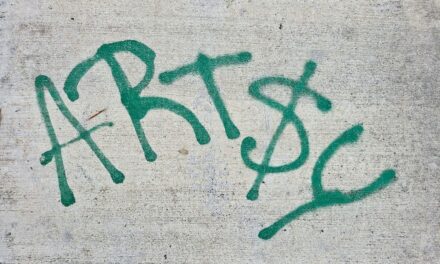Ludolf Bakhuizen was born in 1630 in Emden, a town in the northwestern part of Germany, which was then part of the Duchy of East Frisia. His early life was marked by the cultural and economic vibrancy of the region, which was heavily influenced by maritime trade. This environment would later play a significant role in shaping his artistic vision.
Bakhuizen’s family background is somewhat obscure, but it is believed that he was the son of a merchant, which may have provided him with an early exposure to the world of commerce and navigation. This exposure would later manifest in his choice of subject matter, particularly his fascination with the sea and maritime activities. In 1650, Bakhuizen moved to Amsterdam, a city that was at the heart of the Dutch Golden Age.
This period was characterised by immense wealth, artistic innovation, and a flourishing of the arts. In Amsterdam, Bakhuizen became acquainted with prominent artists and intellectuals, which undoubtedly influenced his development as a painter. He initially trained under the guidance of the renowned artist, Jan Abrahamsz Beerstraten, who specialised in marine painting.
This apprenticeship laid the groundwork for Bakhuizen’s future success and established his reputation as a master of seascapes.
Summary
- Ludolf Bakhuizen was born in Emden, Germany, in 1630 and later moved to Amsterdam, where he became a prominent marine painter.
- Bakhuizen’s artistic style was characterised by his ability to capture the dramatic and dynamic nature of the sea, often using bold brushstrokes and a keen eye for detail.
- Bakhuizen’s influence on Dutch Golden Age art was significant, as he was one of the leading marine painters of his time and his work inspired many other artists.
- Notable works by Bakhuizen often depicted naval battles, storms at sea, and bustling harbours, showcasing his fascination with maritime themes.
- Bakhuizen’s collaboration with other artists and influential figures, such as his work with the Dutch East India Company, further solidified his reputation as a master of marine painting.
The Artistic Style and Techniques of Ludolf Bakhuizen
Ludolf Bakhuizen’s artistic style is often characterised by its meticulous attention to detail and a profound understanding of light and atmosphere. His works are imbued with a sense of realism that captures the dynamic nature of the sea and sky. Bakhuizen employed a technique known as “chiaroscuro,” which involves the use of strong contrasts between light and dark to create depth and volume in his paintings.
This technique not only enhanced the three-dimensional quality of his subjects but also added a dramatic flair that captivated viewers. In addition to chiaroscuro, Bakhuizen was adept at capturing the movement of water and the effects of weather on maritime scenes. His brushwork is fluid and expressive, allowing him to convey the turbulence of stormy seas as well as the tranquillity of calm waters.
The artist often included intricate details in his depictions of ships, rigging, and sails, showcasing his deep understanding of nautical elements. This attention to detail not only demonstrated his technical prowess but also reflected his passion for maritime life, making his works resonate with authenticity.
Influence and Impact of Ludolf Bakhuizen on Dutch Golden Age Art
Ludolf Bakhuizen’s contributions to Dutch Golden Age art were significant, particularly in the realm of marine painting. His ability to blend realism with dramatic composition set a new standard for artists who followed in his footsteps. Bakhuizen’s works inspired a generation of painters who sought to emulate his mastery of seascapes and nautical themes.
His influence can be seen in the works of contemporaries such as Willem van de Velde the Younger and later artists like Jacob van Ruisdael, who incorporated elements of Bakhuizen’s style into their own. Moreover, Bakhuizen’s paintings served as a visual record of the maritime activities that were central to Dutch society during this period. His depictions of ships navigating through turbulent waters or basking in golden sunlight not only celebrated the prowess of Dutch naval power but also reflected the nation’s identity as a leading maritime nation.
As such, Bakhuizen’s art played a crucial role in shaping public perception of Dutch maritime culture and contributed to the broader narrative of national pride during the Golden Age.
Notable Works and Themes in Ludolf Bakhuizen’s Art
Among Ludolf Bakhuizen’s notable works are “The Battle between the English and Dutch Fleets” and “A Calm Sea.” These paintings exemplify his ability to capture both the grandeur and intimacy of maritime life. In “The Battle between the English and Dutch Fleets,” Bakhuizen portrays a dramatic naval engagement, filled with billowing sails and tumultuous waves. The composition is dynamic, drawing viewers into the action while showcasing his skill in rendering intricate details such as smoke from cannon fire and the movement of water.
In contrast, “A Calm Sea” presents a serene view of ships gently bobbing on tranquil waters under a soft sky. This painting highlights Bakhuizen’s versatility as an artist; he could evoke both tension and peace through his mastery of light and colour. Common themes in Bakhuizen’s work include exploration, adventure, and the relationship between humanity and nature.
His paintings often reflect a deep respect for the sea, portraying it as both a source of livelihood and a formidable force that demands reverence.
The Maritime and Seascapes of Ludolf Bakhuizen
The maritime scenes painted by Ludolf Bakhuizen are among his most celebrated contributions to art history. His seascapes are not merely representations of water; they are vivid narratives that encapsulate the spirit of exploration and adventure that defined the Dutch Golden Age. Bakhuizen had an exceptional ability to convey the majesty of the sea, often depicting ships in various states—whether battling fierce storms or sailing peacefully under clear skies.
His seascapes are characterised by their dramatic skies, which range from ominous storm clouds to radiant sunsets. The interplay between light and water is masterfully rendered, creating reflections that shimmer on the surface. Bakhuizen’s understanding of atmospheric conditions allowed him to depict not just the physical aspects of sailing but also the emotional resonance associated with being at sea.
His works evoke feelings of awe and respect for nature’s power while simultaneously celebrating human ingenuity in navigating its challenges.
Ludolf Bakhuizen’s Collaboration with Other Artists and Influential Figures
Throughout his career, Ludolf Bakhuizen collaborated with various artists and influential figures who enriched his artistic journey. One notable collaboration was with fellow marine painter Willem van de Velde the Younger, whose works often complemented Bakhuizen’s own through their shared focus on maritime themes. Their mutual respect for each other’s craft fostered an environment where ideas could be exchanged freely, leading to innovative approaches within their respective styles.
Bakhuizen also interacted with prominent figures in Amsterdam’s artistic community, including members of the Guild of Saint Luke, which provided him with opportunities for networking and professional growth. These connections not only enhanced his visibility as an artist but also allowed him to participate in exhibitions that showcased his work alongside other esteemed artists. Such collaborations were instrumental in solidifying Bakhuizen’s reputation within the competitive art market of 17th-century Holland.
Recognition and Legacy of Ludolf Bakhuizen’s Art
Ludolf Bakhuizen achieved considerable recognition during his lifetime, earning accolades for his exceptional talent in marine painting. His works were sought after by collectors and patrons alike, reflecting both his technical skill and thematic relevance to contemporary society. As a member of the Guild of Saint Luke, he gained access to prestigious exhibitions that further elevated his status within the art world.
The legacy of Bakhuizen’s art extends beyond his lifetime; he is remembered as one of the foremost marine painters of the Dutch Golden Age. His influence can be traced through subsequent generations of artists who drew inspiration from his techniques and subject matter. Museums around the world continue to celebrate his contributions by showcasing his works alongside those of other masters from this illustrious period in art history.
Ludolf Bakhuizen’s Travels and Inspirations
Ludolf Bakhuizen’s travels played a pivotal role in shaping his artistic vision. His journeys along the Dutch coast and beyond exposed him to diverse maritime landscapes and cultures that enriched his understanding of seafaring life. These experiences provided him with firsthand knowledge that he would later translate into his paintings, imbuing them with authenticity and depth.
One significant journey took him to England, where he encountered different styles and techniques that influenced his work upon returning to Amsterdam. The exchange of ideas between artists across borders during this time was vital for artistic development, allowing Bakhuizen to incorporate new elements into his own practice while remaining true to his roots in Dutch marine painting.
The Evolution of Ludolf Bakhuizen’s Artistic Career
Over the course of his career, Ludolf Bakhuizen experienced significant evolution as an artist. Initially influenced by his mentor Jan Abrahamsz Beerstraten, he gradually developed a distinctive style that set him apart from his contemporaries. As he honed his skills, Bakhuizen began experimenting with composition and colour palettes, leading to more dynamic representations of maritime scenes.
His later works reflect a maturation in both technique and thematic exploration. While he continued to focus on seascapes, he began incorporating more complex narratives into his paintings—depicting not just ships but also human figures engaged in various activities related to maritime life. This evolution marked a shift towards storytelling within his art, allowing viewers to connect more deeply with the subjects portrayed.
Ludolf Bakhuizen’s Contribution to Dutch Art and Culture
Ludolf Bakhuizen’s contributions to Dutch art extend beyond mere aesthetics; they encapsulate a cultural narrative that celebrates maritime heritage during one of Holland’s most prosperous periods. His paintings serve as historical documents that capture not only the beauty of seascapes but also reflect societal values surrounding exploration, trade, and naval power. Through his art, Bakhuizen contributed significantly to shaping national identity during the Dutch Golden Age—a time when maritime prowess was synonymous with prosperity and cultural pride.
His works continue to resonate today as reminders of this rich history while inspiring contemporary artists who seek to explore similar themes within their own practices.
The Continued Relevance of Ludolf Bakhuizen’s Art in Contemporary Society
In contemporary society, Ludolf Bakhuizen’s art remains relevant as it speaks to enduring themes such as humanity’s relationship with nature and our quest for exploration. As environmental concerns take centre stage globally, Bakhuizen’s depictions of the sea serve as poignant reminders of its beauty and fragility—a call for stewardship over our natural resources. Moreover, his mastery over light, colour, and composition continues to inspire modern artists who strive for excellence in their craft.
Exhibitions featuring Bakhuizen’s work attract audiences eager to engage with historical narratives while appreciating timeless artistic techniques that transcend generations. In this way, Ludolf Bakhuizen’s legacy endures—not just as an artist from history but as an enduring influence on contemporary art practices today.
For those interested in exploring different art forms, a related article worth checking out is com/street-art-history-from-graffiti-to-global-phenomenon/’>Street Art History: From Graffiti to Global Phenomenon.
This article delves into the evolution of street art as a powerful form of expression and its impact on the global art scene. It provides a fascinating look at how street art has transformed from a form of rebellion to a respected art form that has captivated audiences worldwide.




